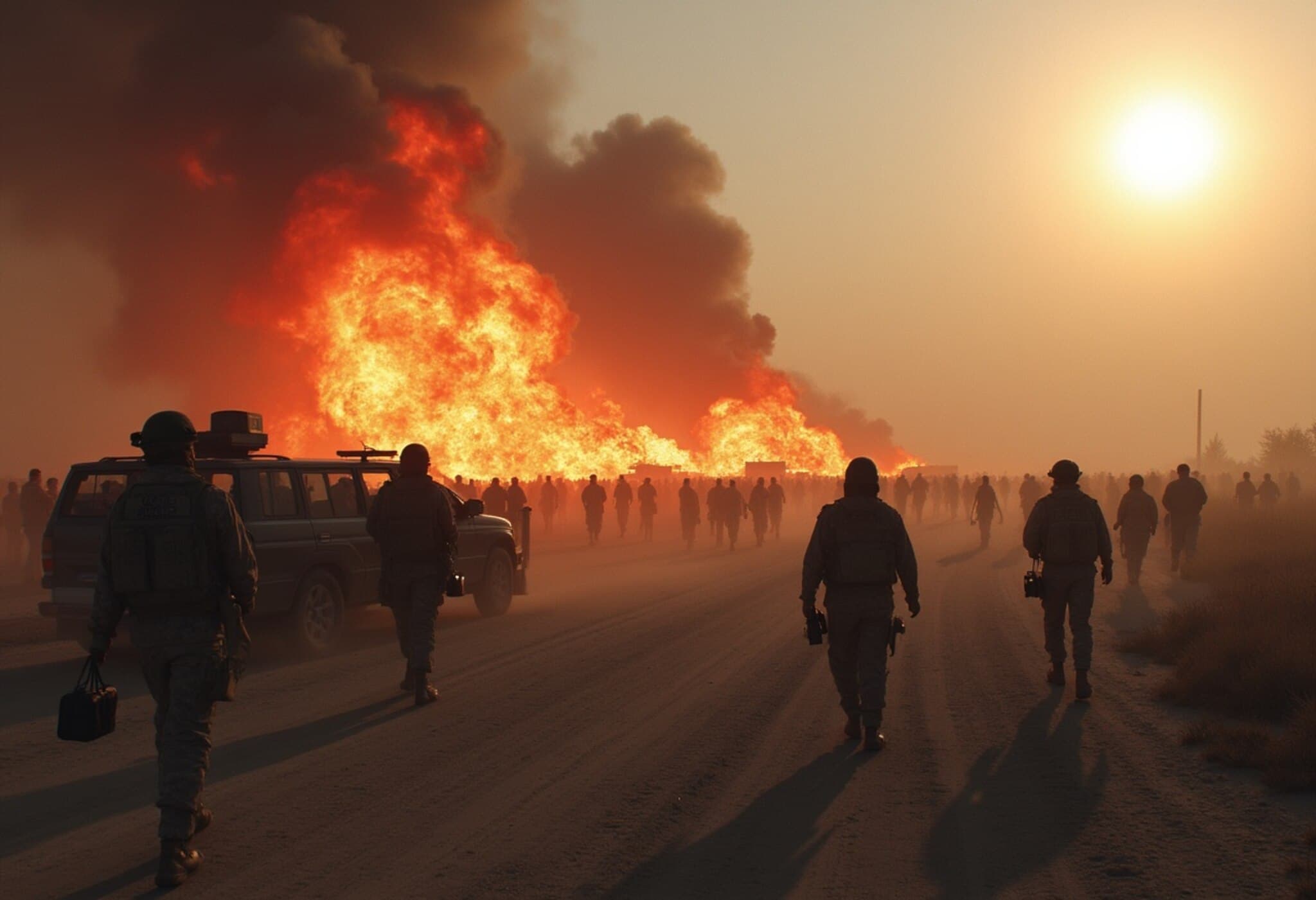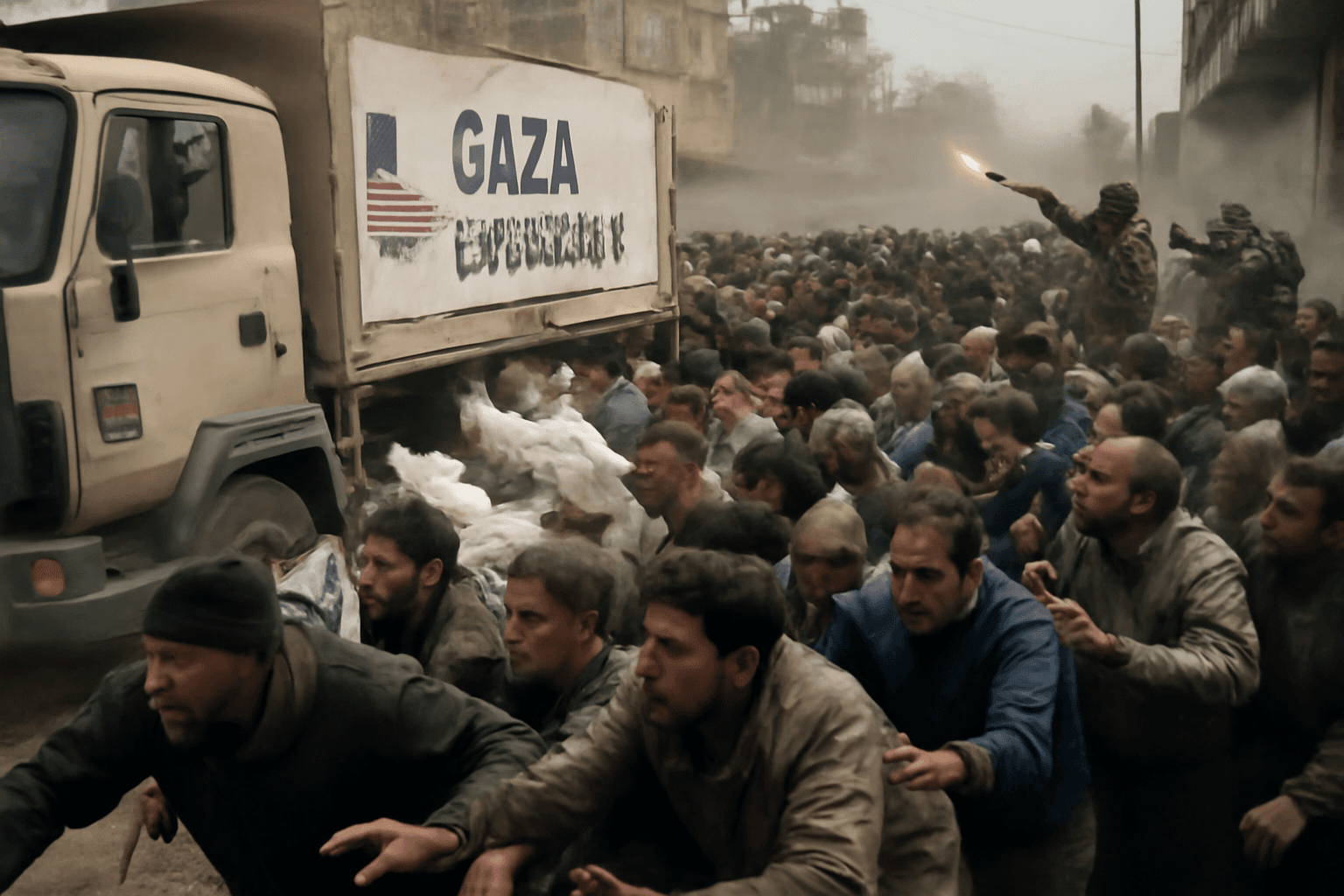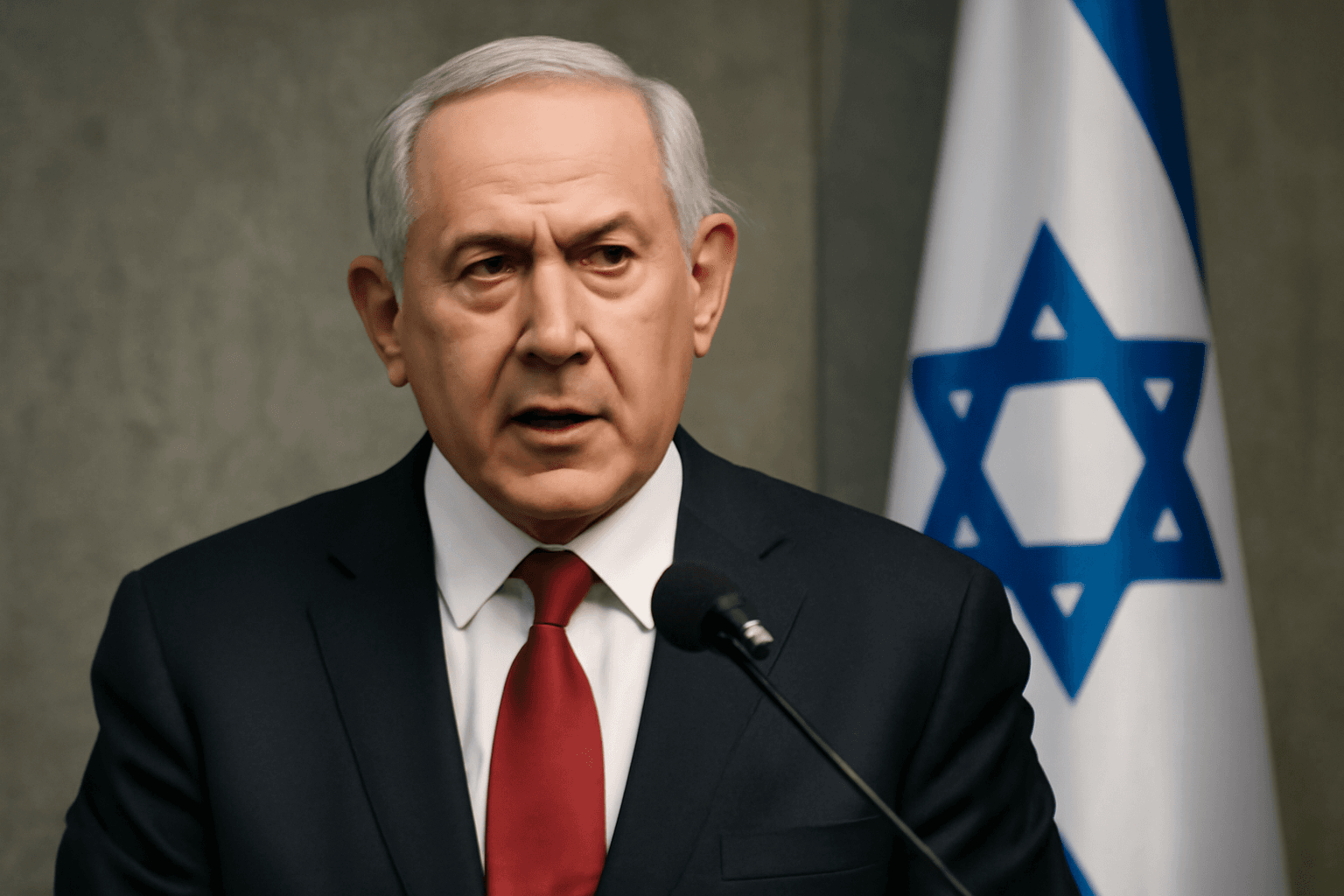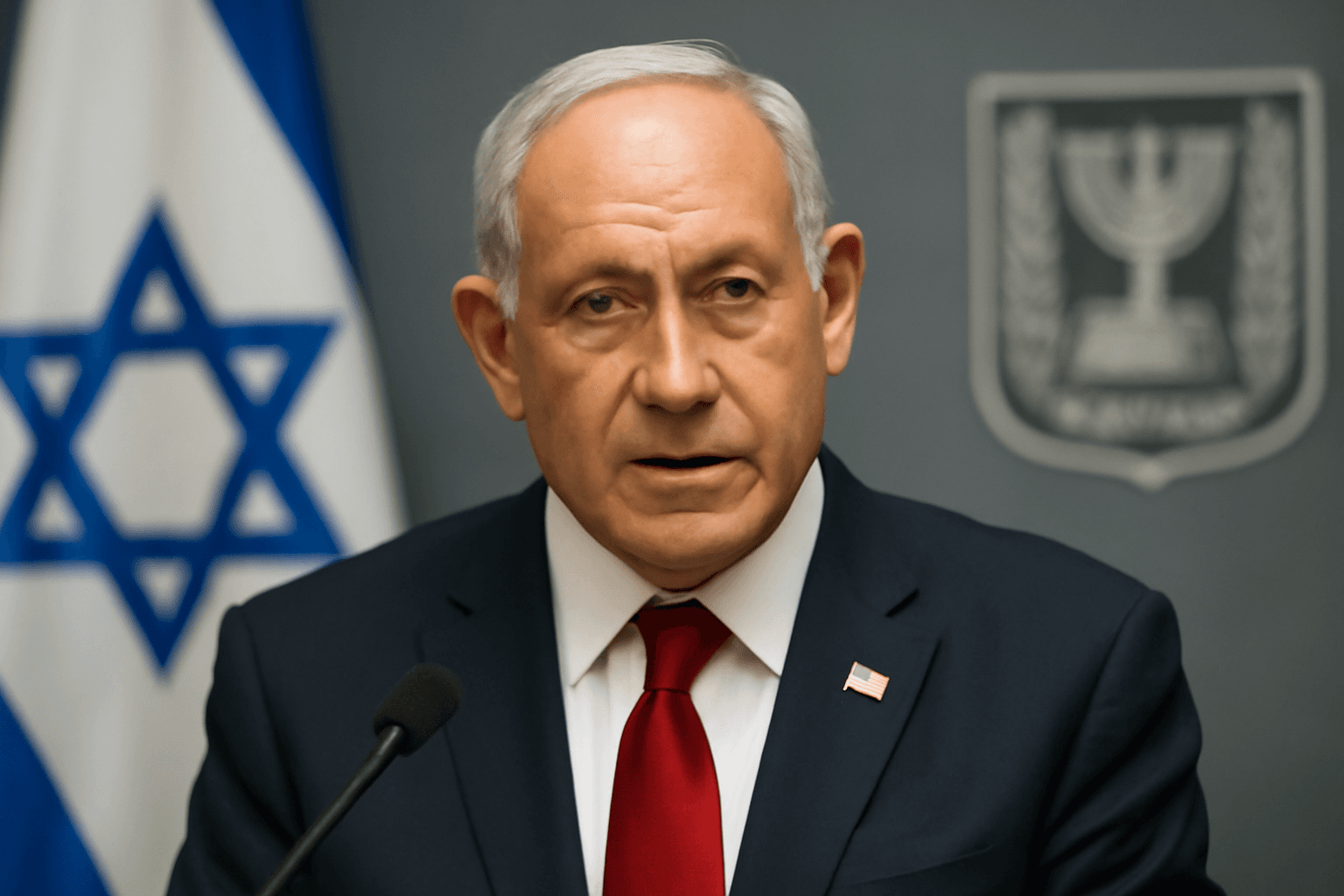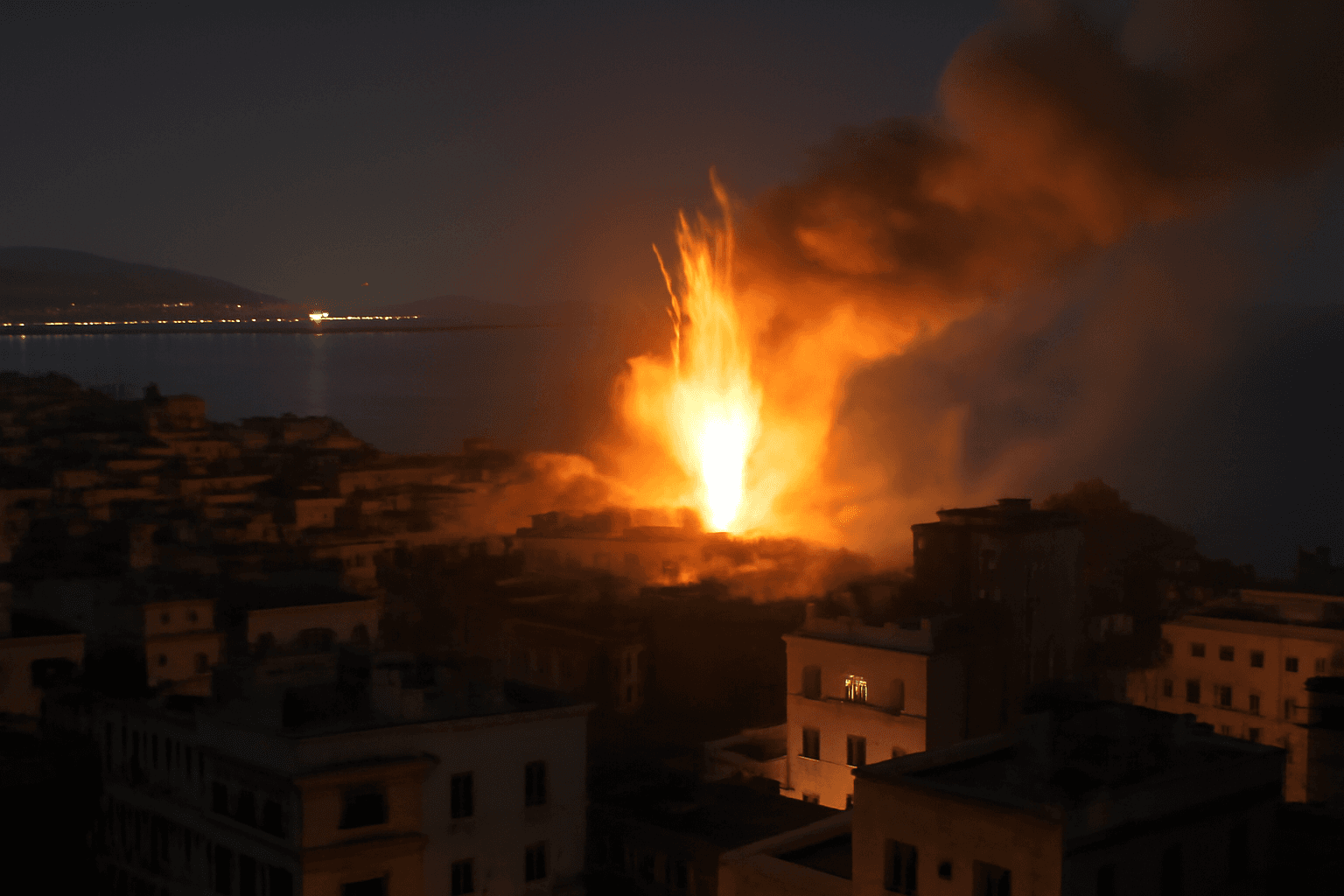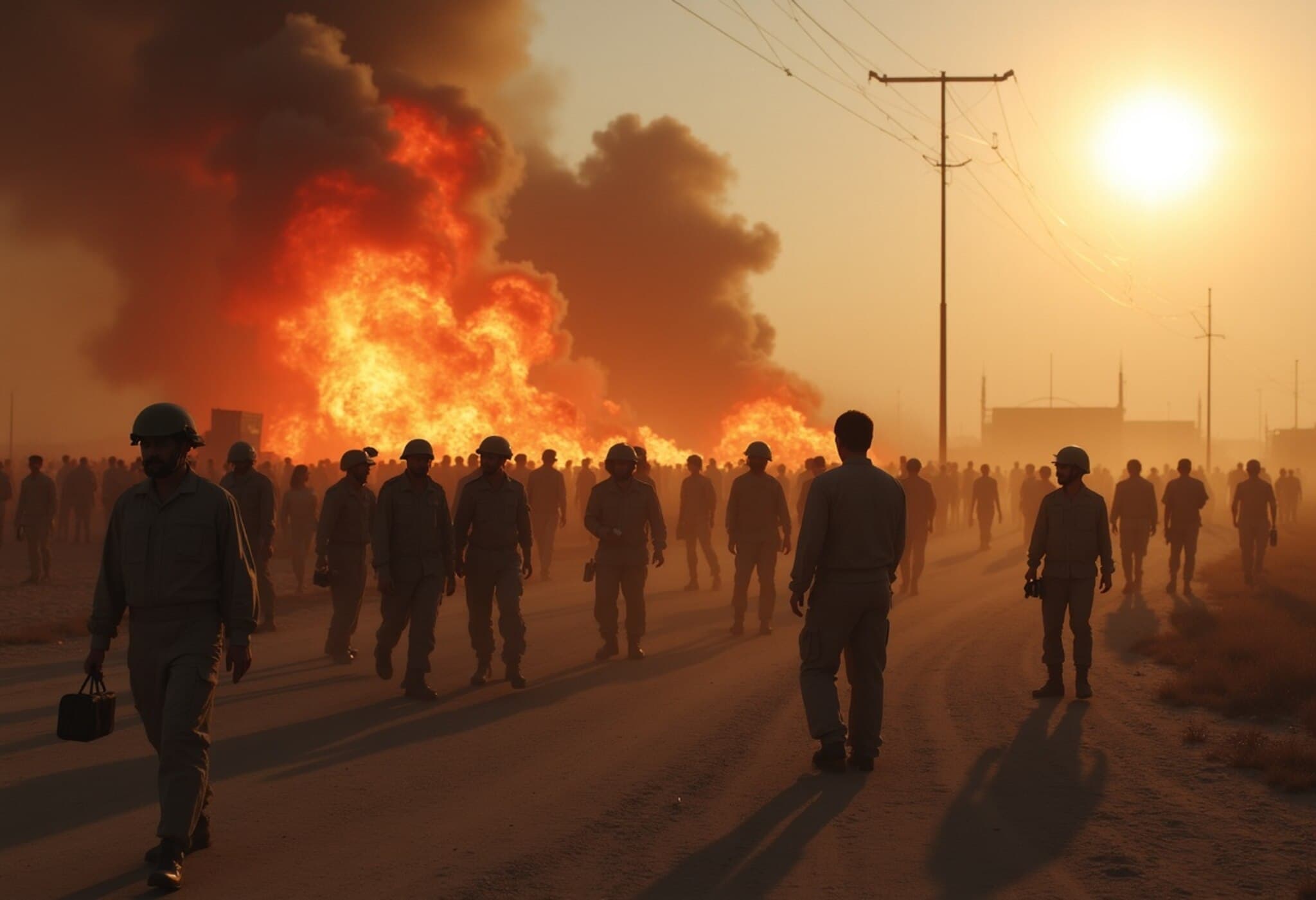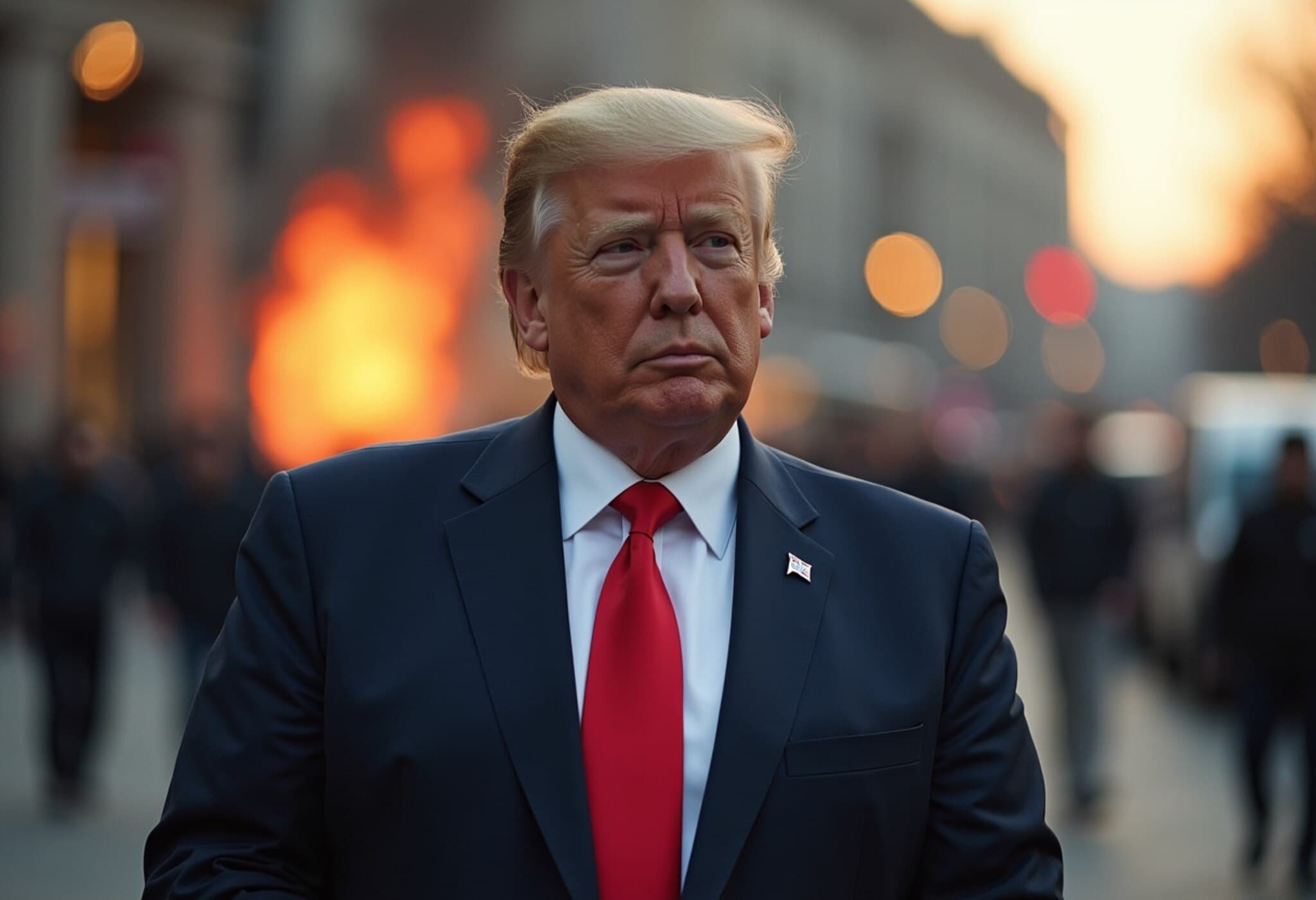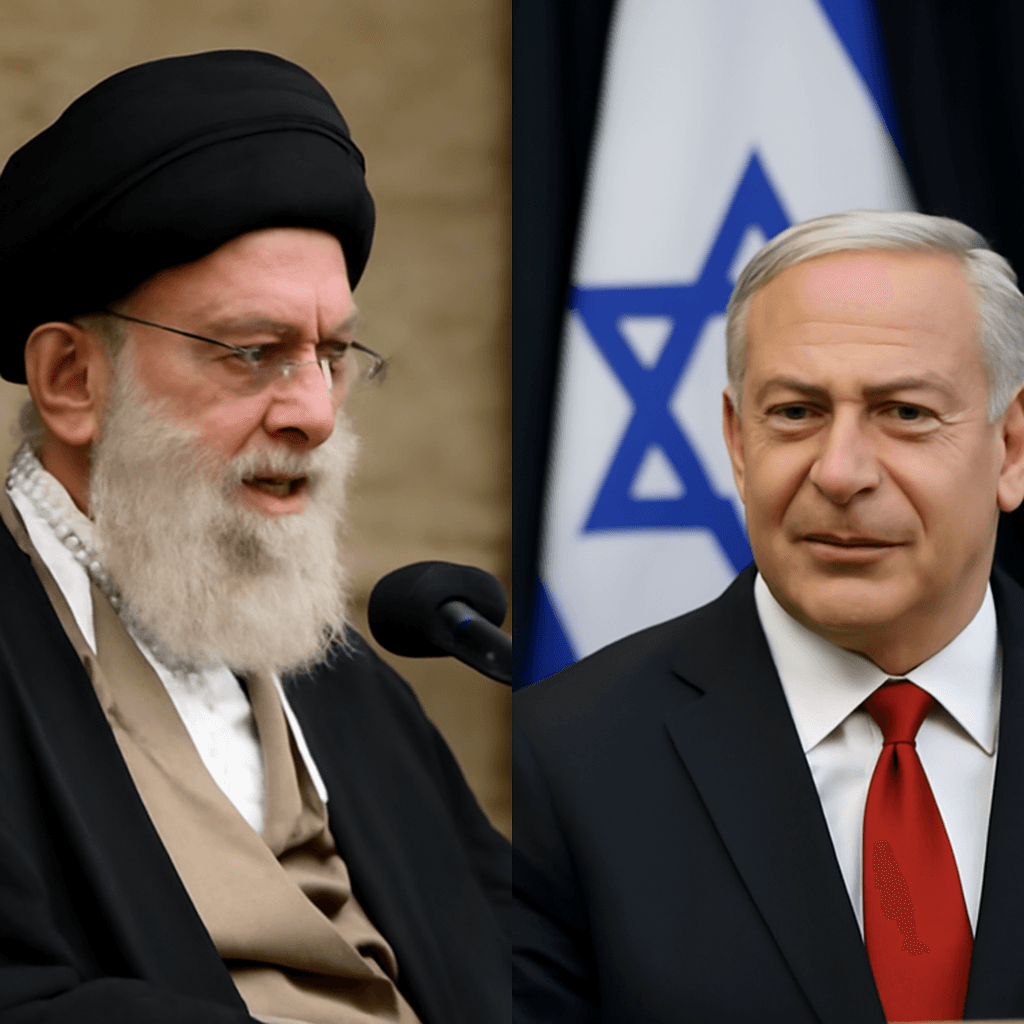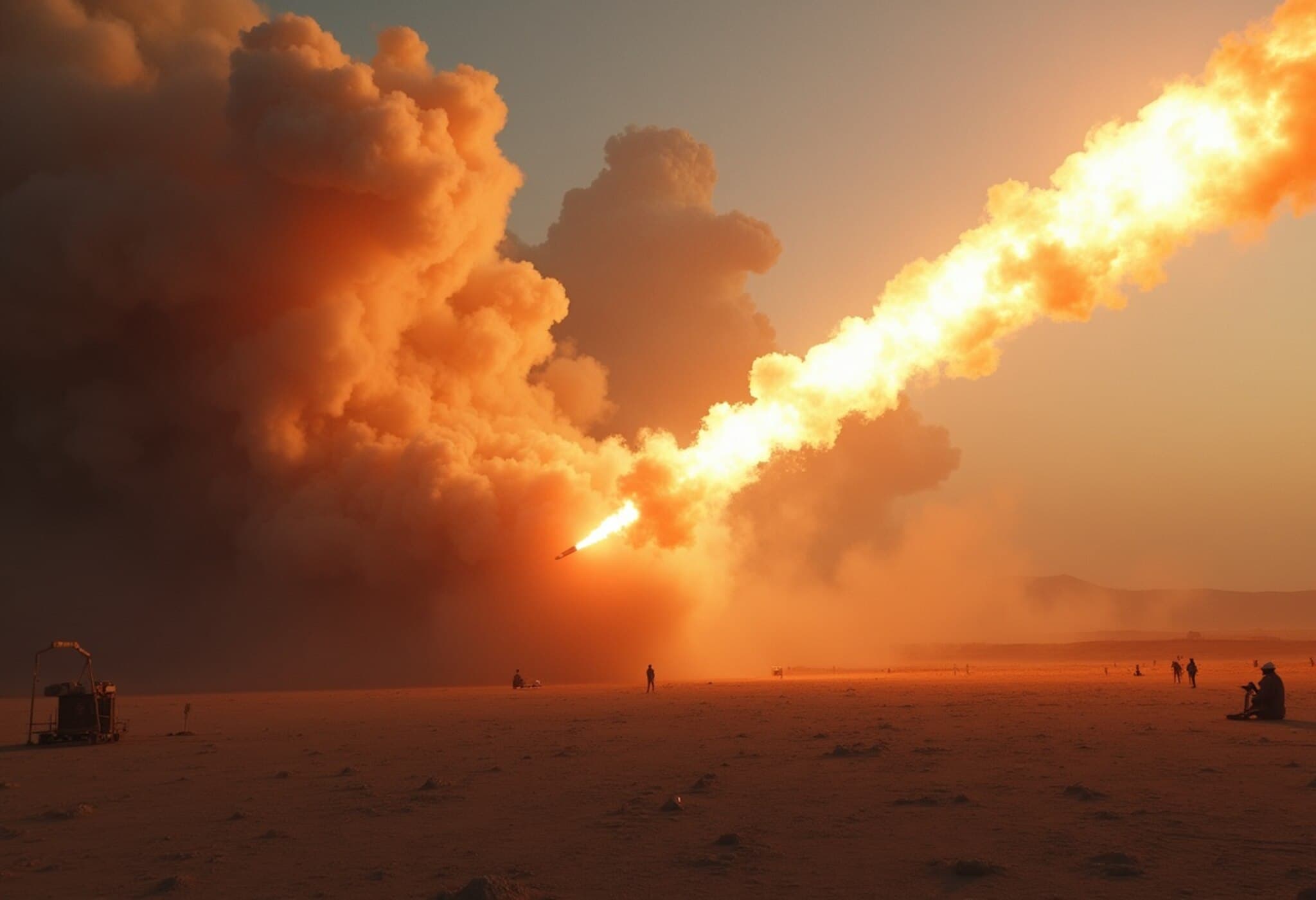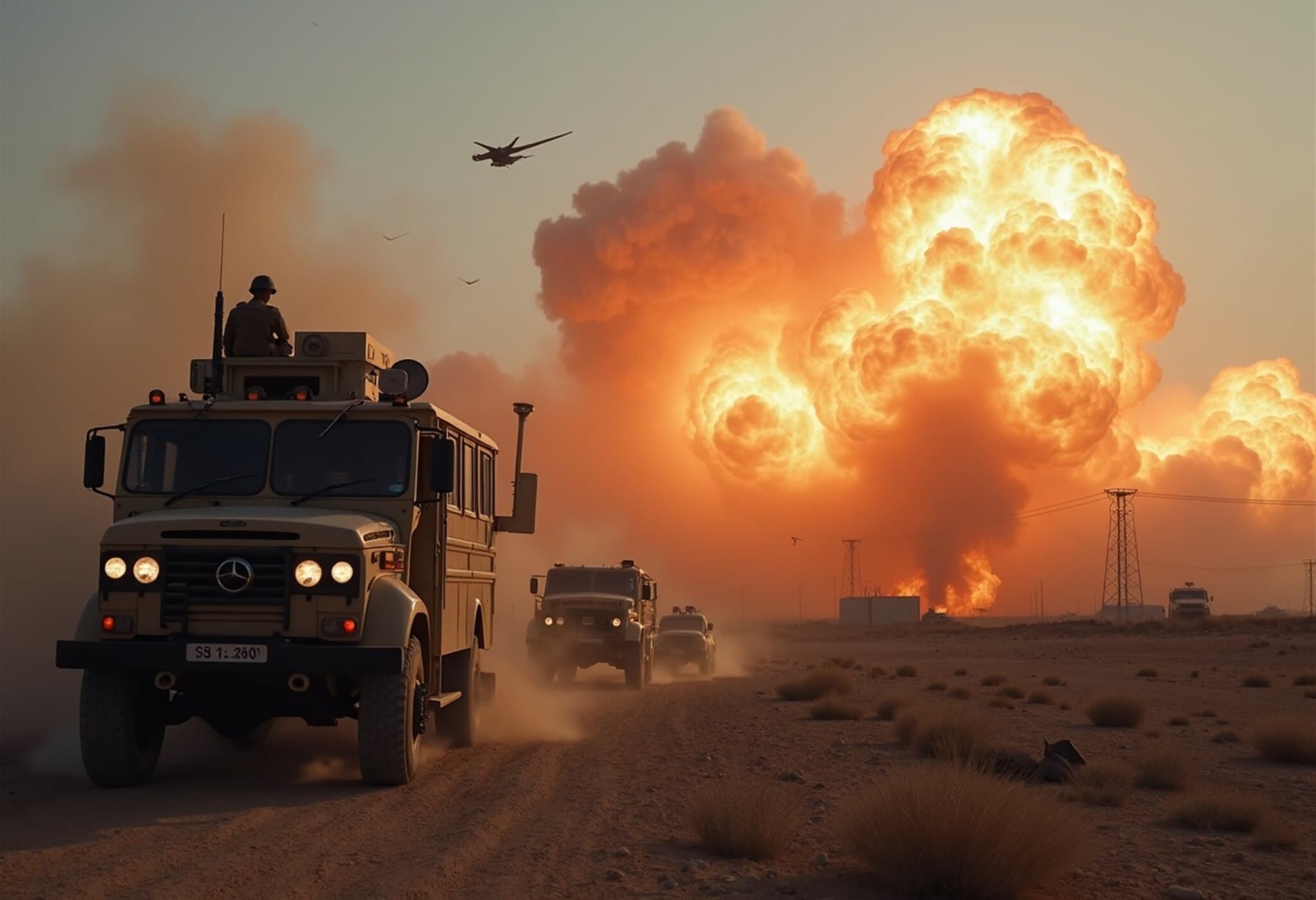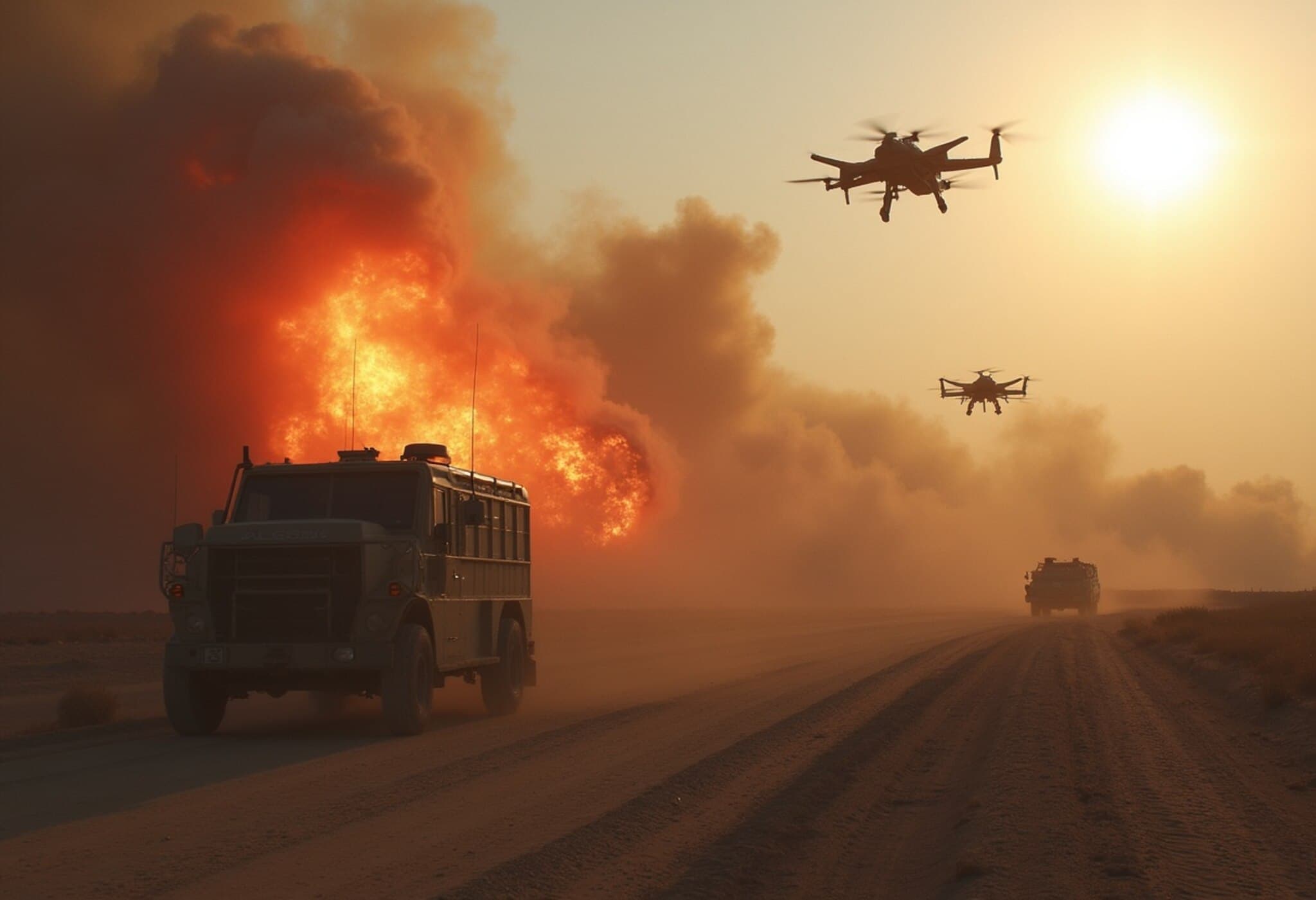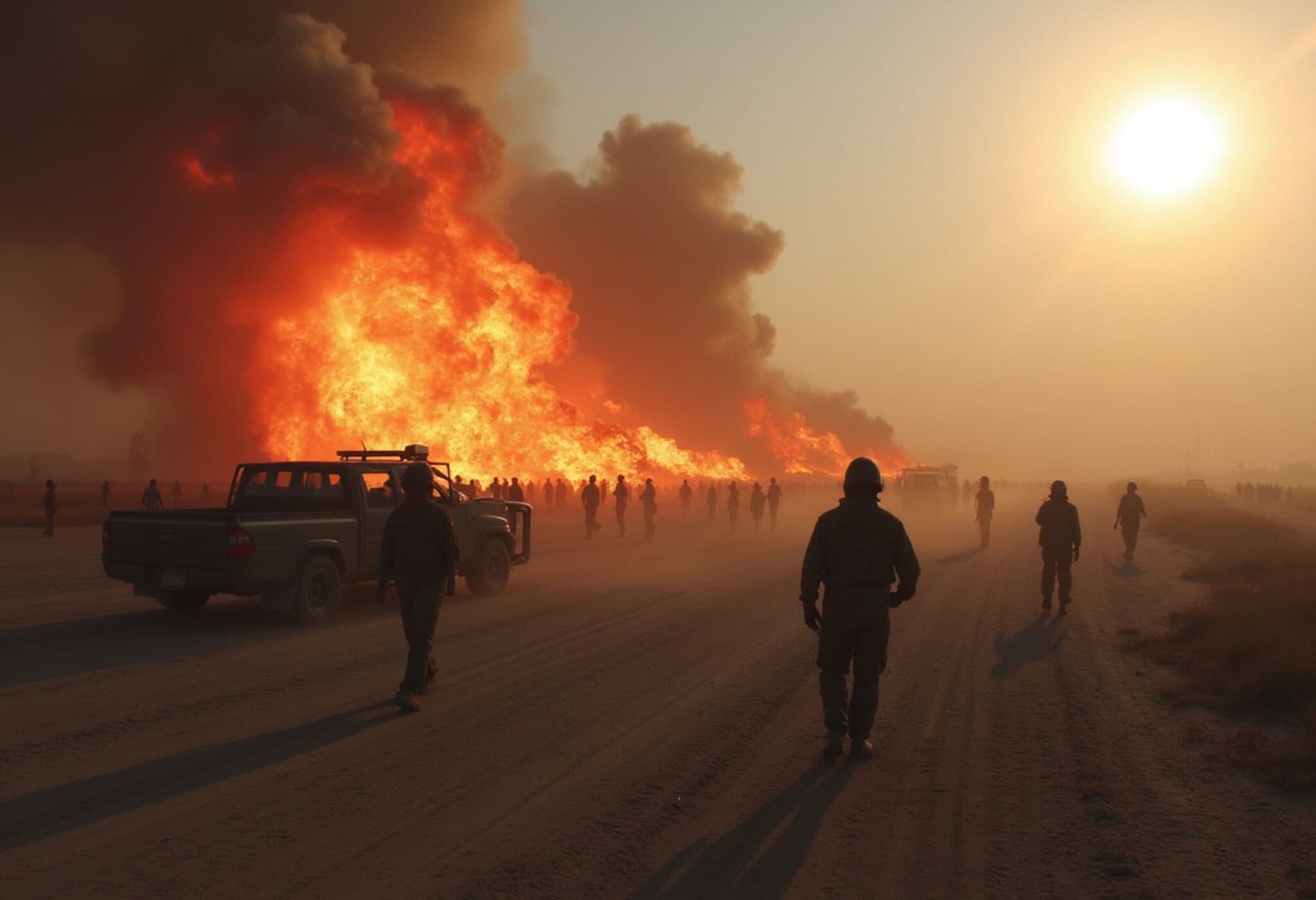Decades of Tension Reach a New Peak
The long-standing animosity between Iran and Israel escalated once again on the morning of June 13, 2025, when Israel launched targeted airstrikes on Iranian territory. This move came on the eve of crucial talks between Iran and the United States centered on Tehran's controversial uranium enrichment activities.
From Shadow Conflicts to Open Warfare
The relationship between Iran and Israel has been fraught with hostility for over four decades, marked by covert operations, cyberattacks, proxy wars, and retaliatory strikes across land, sea, and air. However, recent hostilities risk expanding into an overt and direct confrontation between these Middle Eastern rivals.
A Historical Timeline of Hostility
- 1979: The Islamic Revolution topples Iran's pro-Western monarchy, ushering in a theocratic regime with deep-seated opposition to Israel.
- 1982-1983: Iran’s Revolutionary Guards support the establishment of Hezbollah in Lebanon, an adversary that has repeatedly clashed with Israel.
- 1992-1994: Iran and Hezbollah are accused of orchestrating deadly suicide bombings targeting Israeli interests in Buenos Aires.
- 2002: Revelations about Iran’s secret uranium enrichment program spark international concern over potential nuclear weapons development.
- 2006: A month-long war erupts between Israel and Hezbollah, culminating in a stalemate without decisive victory.
- 2010: The Stuxnet virus, reportedly a joint U.S.-Israeli cyberweapon, sabotages Iran’s Natanz nuclear facility.
- 2018-2020: Israel intensifies strikes against Iranian forces in Syria; the U.S. killing of Iranian general Qassem Soleimani further heightens regional tension.
- 2021: The assassination of Iranian nuclear scientist Mohsen Fakhrizadeh fuels further suspicion and finger-pointing.
- 2024: A string of strikes targets Iranian military and nuclear personnel. Iran retaliates with missile and drone attacks inside Israel, escalating the conflict to new heights.
Latest Developments: Operation 'Rising Lion'
In June 2025, Israel announced a series of strikes dubbed "Rising Lion," focusing on disrupting Iran's nuclear infrastructure and eliminating key figures attributed to advancing the country’s atomic weapons capabilities. The offensive reportedly targeted missile factories, military commanders, and top scientists, including the Revolutionary Guards’ Commander Hossein Salami and nuclear experts Fereydoun Abbasi-Davani and Mohammad Mehdi Tehranchi.
While Iranian media confirmed significant casualties and damage to military installations in Tehran and nearby sites, the United States clarified it did not support or participate in the operation. This Israeli action followed statements expressing concern over the volatile Middle East situation, including moves to reposition U.S. personnel from the region.
Risk of Widening Conflict
This latest strike underscores the alarming trajectory from covert hostilities to direct military engagement. Both nations appear locked in a high-stakes gambit, where each retaliatory blow raises the risk of an all-out war. With Iran's nuclear ambitions and Israel's security concerns at the forefront, the international community watches cautiously as diplomatic efforts continue amidst rising tensions.
What Lies Ahead?
As talks between Iran and the U.S. proceed in Oman, the unfolding events illustrate the delicate balance between diplomacy and military action shaping the Middle East's future. The enduring rivalry between Iran and Israel remains one of the region’s most dangerous flashpoints, with the potential to reshape geopolitical dynamics far beyond their borders.

